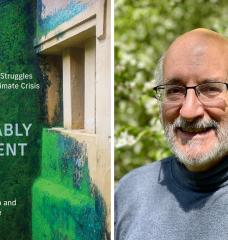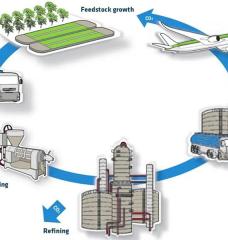
Climate justice is a complex topic. Before we start our exploration of its various strands in season two, we have to be explicit about how we are framing a climate justice challenge before attempting to work out a solution. In this post, I want to mention three framing techniques that we will be pursuing with our climate conversations interviewees and in our posts. These are very rough categories with enormous internal complexity, but we have to start somewhere.
- The "Church" frame: this is the standard (and dominant) framing of climate solutions in general, i.e., solutions come via the establishment of local, national and international institutions. For example, when the nations of the world meet this week in Bonn - for COP 23 - to work out the implementation of the Paris agreement, they are operating within the church frame. Underlying it is the claim that nations, treaties, state laws and other institutional frameworks are the right way to address the climate challenge. If there's a modern bible for the church frame, it's John Rawls' "A Theory of Justice."
- The "Street" frame: the street isn't necessarily opposed to the church in its goals, but it's focused on building people power and organizing the climate movement on the ground rather than working out policies in offices and meeting rooms. For example, suppose we want to stop all new fossil fuel infrastructure in Massachusetts, the street will make that happen by bringing protestors to the hallway outside Governor Baker's office while the church might try to achieve the same outcome by filing lawsuits. There's no contradiction in pursuing both strategies! 350.org is arguably the best known proponent of the street, but there are many many organizations working in frontline and marginalized communities that advocate for their communities' welfare.
- The "Forest" frame: both the church and the street assume that the moral and institutional frames of the modern world (dominated by western institutions) are adequate for addressing the climate crisis. The forest frame rejects or severely critiques that hypothesis; arguing instead that one must step outside one specific set of cultural assumptions about justice (including using the term "justice!") - after all, one might question whether a moral-political-legal cluster that coevolved with fossil fuel driven expansion has fossil fueled ethics. Instead, one might argue with Kyle Whyte that climate justice needs to be pursued on indigenous terms rather than any Euro-American ideal.
Of course, these frames aren't exhaustive or mutually exclusive. You might have a different take on how to carve up the arc of justice. Please share if you do!






